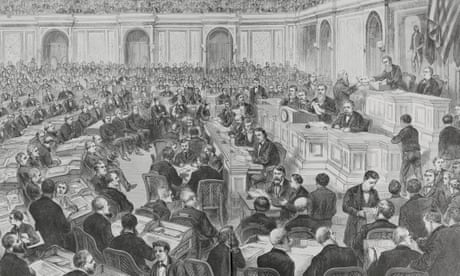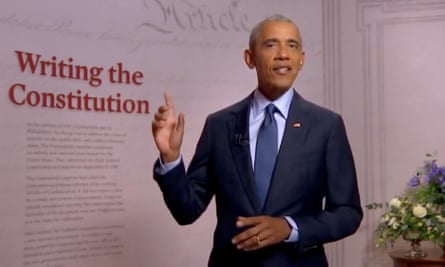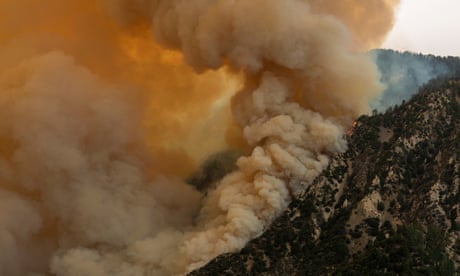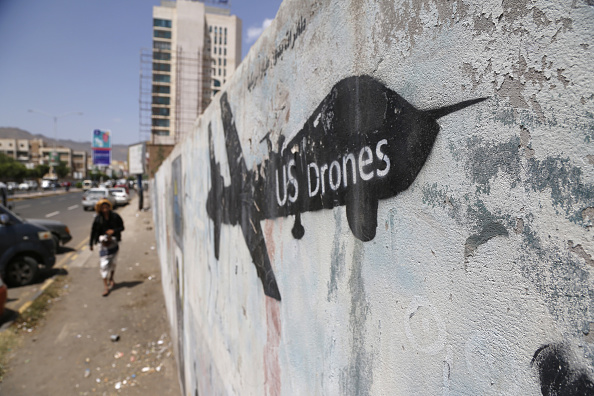Take the boy on the anti-female website, and watch him grow into an adult misogynist

Two books about hate and gender have been published in recent weeks; one is pretty much irrelevant, but has been propelled into the global spotlight thanks to an overly zealous French official and a tiny but astute publisher. The other is a profoundly important piece of work that is unlikely to get the universal attention it deserves. These topsy-turvy reactions reveal much about skewed societal reactions to feminism.
First, the irrelevant: a tract entitled I Hate Men by a 25-year-old French feminist, set for an initial print run of 450. None of us would have heard of it but for the civil servant who wrote to her publishers telling them to pull it because “incitement to hatred on the grounds of gender is a criminal offence”. Except it turns out the civil servant was freewheeling rather than speaking for the French government. I’ve never encountered any feminists who hate all men, but the global media’s fascination with this niche provocation shows that there is something irresistible about associating feminism with misandry.
That is the wry observation of Laura Bates, the author of Men Who Hate Women, a book everyone should read. “It makes me smile when people ask me whether you have to be a woman who hates men to write a book about men who hate women… in reality the opposite is true,” she writes. Her book is a chilling investigation into the world of online extreme misogyny and its real-world consequences: the incels (“involuntary celibates”) who believe women are denying them their right to have sex and consequently deserve to be raped and murdered; the pick-up artists who believe women can be manipulated and controlled into sleeping with them; the “men who go their own way”, who believe women are so toxic they must cut them out of their lives altogether.
It is too easy to dismiss these as sinister but irrelevant internet cesspits, filled with dysfunctional loners who fantasise about committing sick acts of violence against women that they will never get the chance to act upon. That is a mistake: one of the most disturbing aspects of Bates’s book is how she came to her subject matter. She realised a couple of years ago through her regular work with schools that some boys were increasingly parroting the kinds of arguments about women common in these online communities.
Bates also documents the murderous rampages inflicted by incels: men such as Elliot Rodger, who killed six people and injured 14 others in California in 2014, or Ben Moynihan who stabbed three women in Portsmouth the same year. Yet despite fitting the definition for terrorism – the use or threat of action designed to intimidate the public to advance a political, religious, racial or ideological cause – there is only one case of an incel attack being treated by authorities as terrorism, when a 17-year-old murdered a woman using a machete in Toronto earlier this year. It seems a dangerous hatred of women simply doesn’t meet the ideological bar, a bizarre and troubling minimisation of extreme misogyny.
Links between terrorism, misogyny and domestic violence have been well-documented; last year, Joan Smith described how most terrorists involved in far-right and Islamist attacks have a track record of abusing women. There is, however, little evidence that this insight has filtered through to the government’s counter-terrorism efforts. Yet Smith observes that one thing that unites far-right and Islamist extremists is their embrace of rape and domestic violence and its use as a recruiting tool.
But there is another link between extreme misogyny and other forms of terrorism that Bates exposes: the ways in which boys and young men are radicalised into these extremist ideologies. The grooming techniques are identical: pushing initially relatively mild misogynist memes and humour on to vulnerable teenagers with low self-esteem on platforms such as YouTube, Instagram and bodybuilding websites, which then leads to darker and more violent stuff. The platforms are complicit: Bates describes how YouTube’s content-pushing algorithm takes someone searching “what is feminism?” to an interview with Milo Yiannopoulos decrying feminism as “primarily about man-hating” and spreading a “constant message that men are evil” via just one other video.
These are important insights into how technology is changing the way the men who objectify and hate women are created, making it ever easier for vulnerable young men to be caught up in the damaging orbit of extreme misogyny. Only a tiny number of these will engage in the terrorism of a Rodger, but the same is true of far-right and Islamist terrorism, and that, rightly, does not prevent us from pouring billions into countering them. And that is before we consider the wider costs: how many of these boys will grow up more likely to be domestic abusers? (To put this in context, 49 people tragically lost their life to terrorist attacks in the UK between 2010 and 2017 –around one every 10 weeks – but two women a week are murdered by a current or former partner.) Or the worrying trend of women in their 20s being pressured to take part in dangerous sex acts such as choking.
We need to start taking extreme misogyny seriously rather than writing it off as a community of oddballs: not to do so is to utterly fail in our duty to keep this generation of boys and girls safe. It is imperative that misogyny gets classed as a hate crime in the same way as crimes motivated by hostility towards people because of their race, disability or sexual orientation are. This is not about criminalising wolf-whistling, but understanding the extent to which crimes are motivated by hatred of women. Treating it as terrorism could at a sweep multiply the resources available to tackle violent misogyny many times over. And we need to develop our understanding of how to help those boys at risk of getting groomed down this path and prevent it from happening in the first place. As Bates says, failing to act is the mark of a society that devalues not just women, but men.
• Sonia Sodha is chief leader writer at the Observer and an Observer and Guardian columnist















